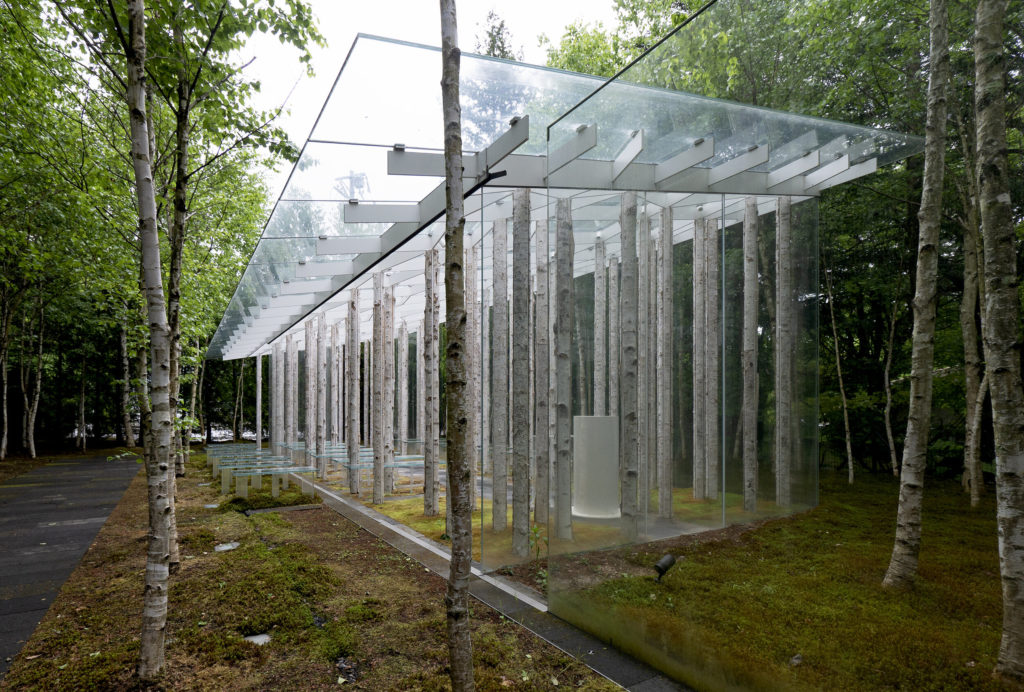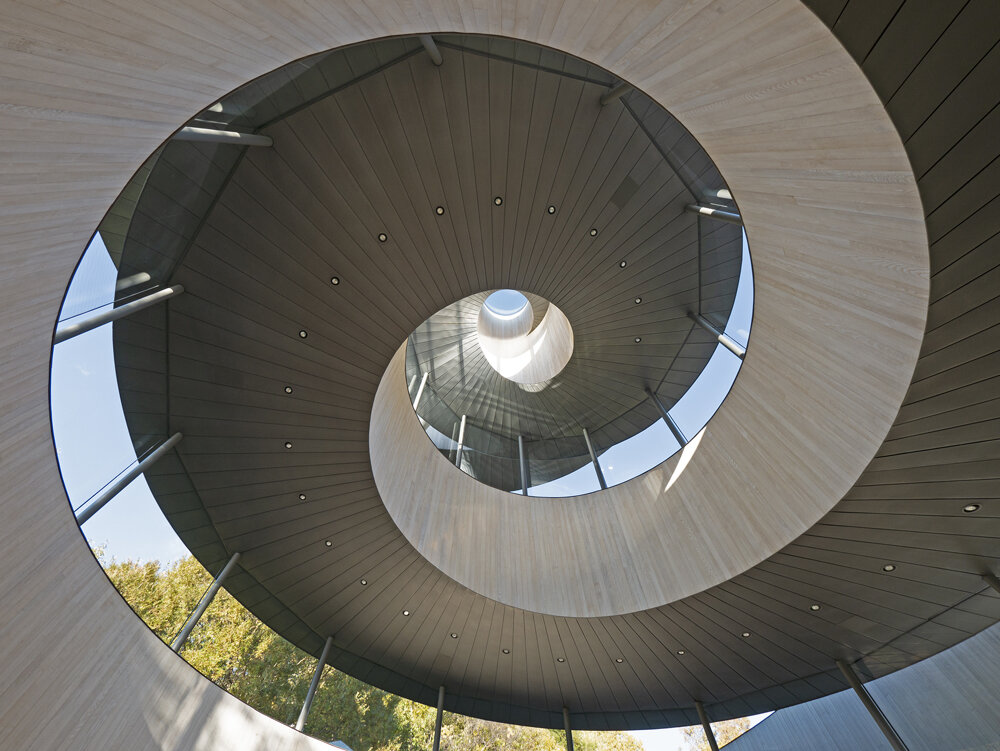
Architectural Guide Japan
Botond Bognar
DOM Publishers
English, Softcover / 608 pages, € 48
HISTORY, WHETHER THROUGH its presence or its absence, informs the architecture of modern Japan to a much greater degree than it does in many other countries. One one hand, the country’s millennia-long political, religious, and artistic history permeates its architectural culture to a tremendous degree, serving as an endless wellspring of inspiration and guidance for successive generations of architects and designers. On the other, Japanese architecture since 1868 (the beginning of the Meiji era that defines “modern” Japan) and especially since WWII has countless examples of structures that eschew homegrown traditions in favor of European and global styles, with some architects pursuing a specifically futurist and ahistorical aesthetic. The unprecedented building boom of the postwar period saw Japan emerge as a relentlessly forward-looking and technology-oriented society, with emerging megacities expanding at a breakneck pace. With Tokyo as the foremost example, Japan’s cities in the modern era became a complex, multifaceted, and often chaotic array of juxtaposed structures that blended traditional Japanese elements with modernist and postmodernist styles on a scale unmatched anywhere else in the world.

Mt. Fuji World Heritage Center, Shigeru Ban. All photos © Botond Bognar / DOM Publishers
Now in its third edition, the Architectural Guide Japan seeks to provide Western readers with a means to approach the country’s dizzying range of architectural styles. The book packs an incredible amount of information into a relatively compact format, covering over 500 primary and 150 secondary structures. While it certainly offers ample reading material for armchair travelers, it is intended first and foremost as a travel guide in the classic sense: the overarching organizational structure is geographic, moving from north to south through Japan’s nine major regions (Hokkaido, Tohoku, Kanto, Chubu, Hokuriku, Kansai, Chugoku, Shikoku, Kyushu, and Okinawa), with each serving as its own color-coded chapter for easy navigation.


Within a given chapter, this geographic organization continues to serve as the organizing principle, with listings further grouped by province, city, and district. Individual listings contain not only the buildings’ names (in both English and phonetic Japanese) and addresses, but also directions for accessing them via public transportation, and even the walking (or taxi) distance from the nearest station or bus stop. Such street-level directions are incredibly useful, particularly for buildings in Japan’s often overwhelming cities, which even in the age of smartphones can be difficult to navigate block-by-block.
The introductory essay, “The Course of Contemporary Japanese Architecture”, provides crucial insights into the dizzying, kaleidoscopic architectural history of Japan over the last 150 years. In addition to covering major movements, from the growing internationalism of the early 20th century to the reactionary traditionalism in the runup to WWII to the postwar Metabolist and ArchiteXt movements, it also highlights crucial differences between how cities in Japan and the East are laid out versus those in the West. The seeming lack of open spaces and plazas in Japanese city planning, writes the author (citing 1970s architect Fumihiko Maki as a proponent) is in fact built into Japanese society:
Japan has a historical tradition that emphasises the significance of the street, where city life takes place. This is rather unlike its Western counterparts’ preference for urban plazas or piazzas… In Japan, even large cities like Tokyo and Osaka retain their historically evolved labyrinthine street patterns while also providing a stage for the Japanese fascination with signs.

Asakusa Visitor Center, Tokyo
In this context, the fractal-like grid upon which Japanese cities are based – which can feel overwhelming or chaotic to Western sensibilities – is instead viewed as an organizing principle, a building block that can be scaled-up to an unlimited degree.
In addition to naming dozens of new notable architects that have emerged since the second edition, the introduction to the current edition discusses larger trends in Japanese society in recent decades and their impact on the country’s architecture. These include widely discussed phenomena such as Japan’s ever-accelerating urbanization and plummeting birthrate (reflected in an ever-rising average age, particularly in rural areas) and a newly urgent interest in sustainability and natural preservation.

Most critical for the country’s architectural heritage, though, is the startling rate at which older buildings in Japan continue to be demolished, a trend that has only accelerated in the current century. The list of buildings already demolished (or slated for demolition in the coming years), totally apart from those destroyed by wartime bombs, includes Frank Lloyd Wright’s Imperial Hotel, the Shirokiya and Sogo Department Stores, Kenzo Tange’s old Tokyo City Hall, and the beloved Nakagin Capsule Tower, among many others.
While these lost icons are distressing from a preservationist perspective, the book contextualizes the tendency toward demolition within Japan’s broader history, which has seen countless iconic structures razed to the ground over millennia of warring dynasties, shifting centers of power, and, first and foremost, natural disasters. Japan is a land of earthquakes and tsunamis, which in addition to casualties on a massive scale also bring devastating destruction to buildings and infrastructure. From these tragedies, however, Japan has developed a remarkable resilience and an ability to rebuild or replace destroyed structures at an incredible rate. This cycle of destruction and renewal is even codified into the country’s religious traditions, represented by shrines such as Ise-Jingu that are intentionally torn down and rebuilt every twenty years.

The book is rounded out with an extensive selection of maps that provide precise locations of each building featured, as well as an index-like alphabetical list of architects and their projects and a fascinating alternate list of the featured projects ordered by date. Taken as a whole, it’s a dense yet practical source for students, travelers, and anyone with an interest in one of the world’s most multifaceted and complex collections of architecture.



